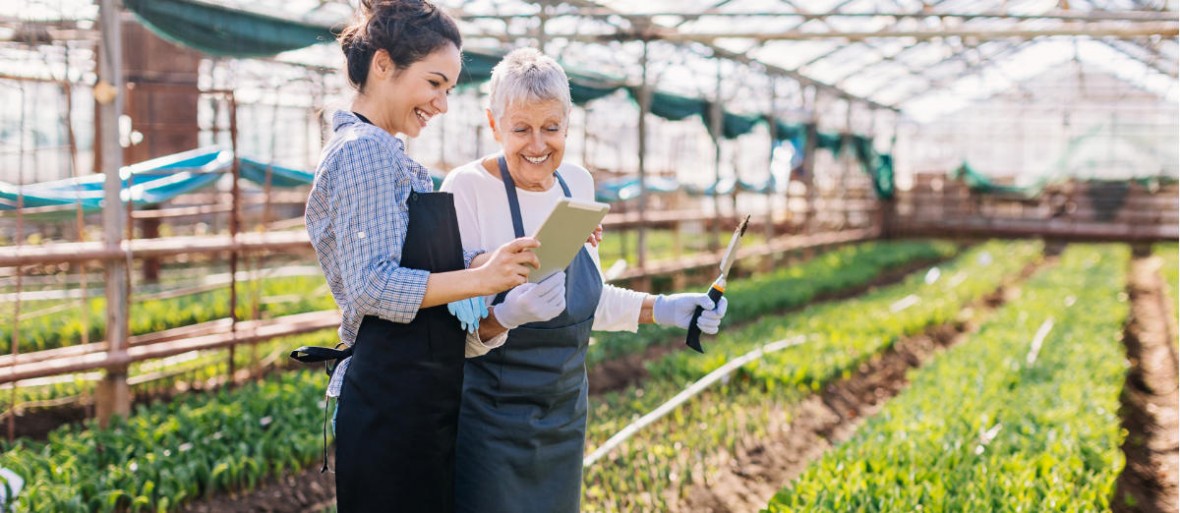A packaging waste regulatory framework with a clarity of purpose
The only downside was that it had taken almost 17 years from scientists identifying the culprits to the signing of the treaty. To be honest, considering how long we’ve now known about the damage caused by single-use packaging on our health and planet, those 17 years are starting to look relatively fast.
What’s interesting is that the CFCs were only introduced in the first place as they were believed to be safer, inexpensive alternatives to the more toxic gases – namely methyl chloride – that had been used in refrigerators in the past.
This is where I again like to draw comparisons with single-use packaging. Like CFCs, single-use packaging was initially viewed as a positive development: so convenient and inexpensive at first, but so very damaging in the long run and at end of life.
The Montreal Protocol provided a distinct regulatory framework that was ultimately translated into action worldwide. That clarity of purpose is still missing in many ways in the legislation around single-use packaging. Although we now understand the devastating environmental impact our throwaway culture is having, it seems too many businesses still need pressure from legislation to take the necessary action.
No time to wait for clarity on single-use packaging waste
Smart legislation has a valuable role to play in driving the shift away from single-use packaging and reducing packaging waste. It’s moving in the right direction, but it could easily shift up a gear. But that’s because we’ve always worked with the circular business model as our guide.
Taking environmental responsibility is absolutely core to who we are, what we do, where we’re from and where we’re headed. I firmly believe that it’s up to us to be a force for sustainability. We don’t need legislation to know what’s right.









